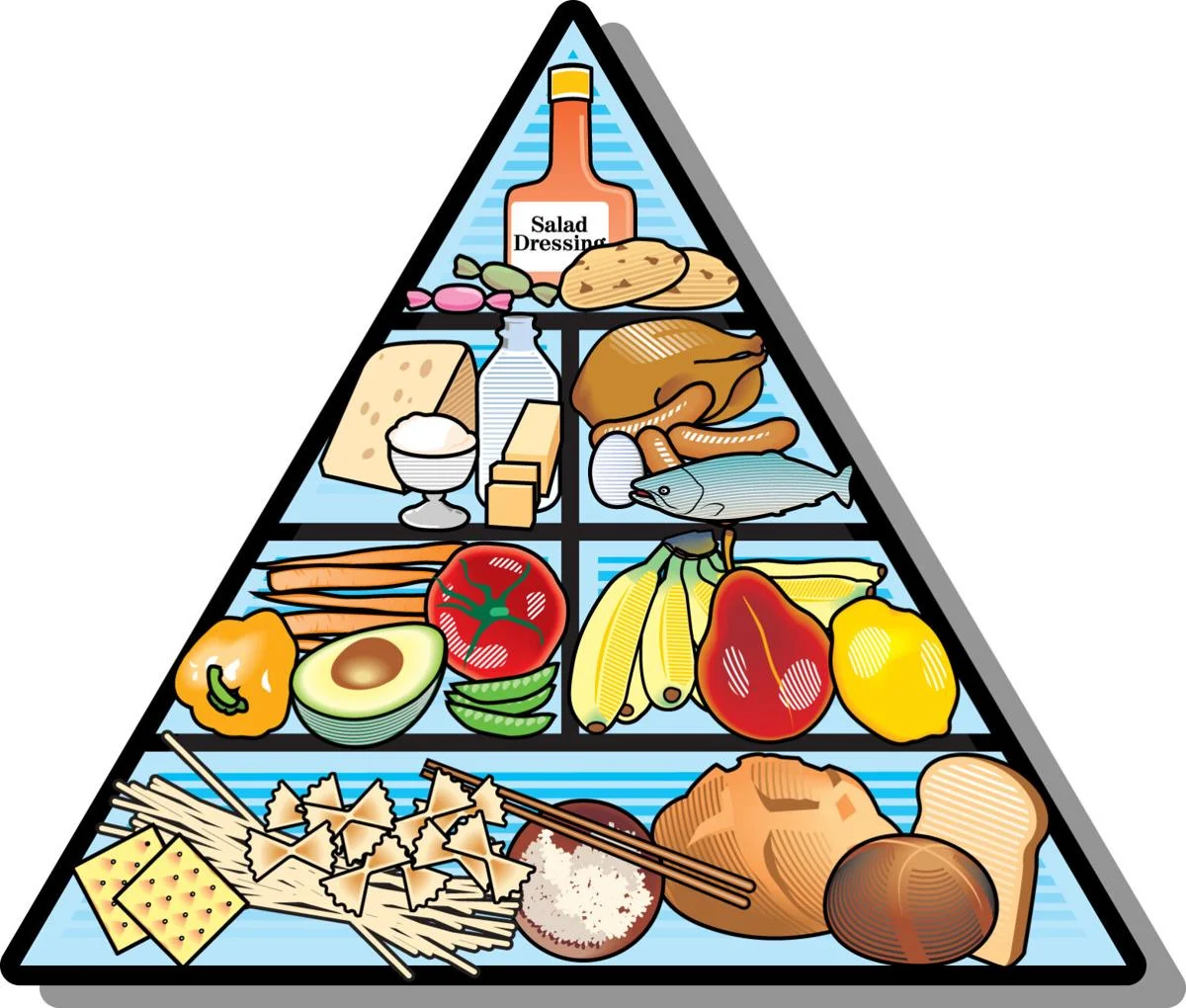Nutrition Trivia
Mk
Morgan kamp@morgan.kamp
Created on:
Mar 28, 2025
Duration:
25 minutes, 20 seconds
Category:
Tags:
Questions:
26 questions
Average Score:
19/26
Players:
217
Language:
English
Recent Top Players 🔥
26 Trivia Questions and Answers
More Quizzes
Explore Quizzes
Comments
( )

